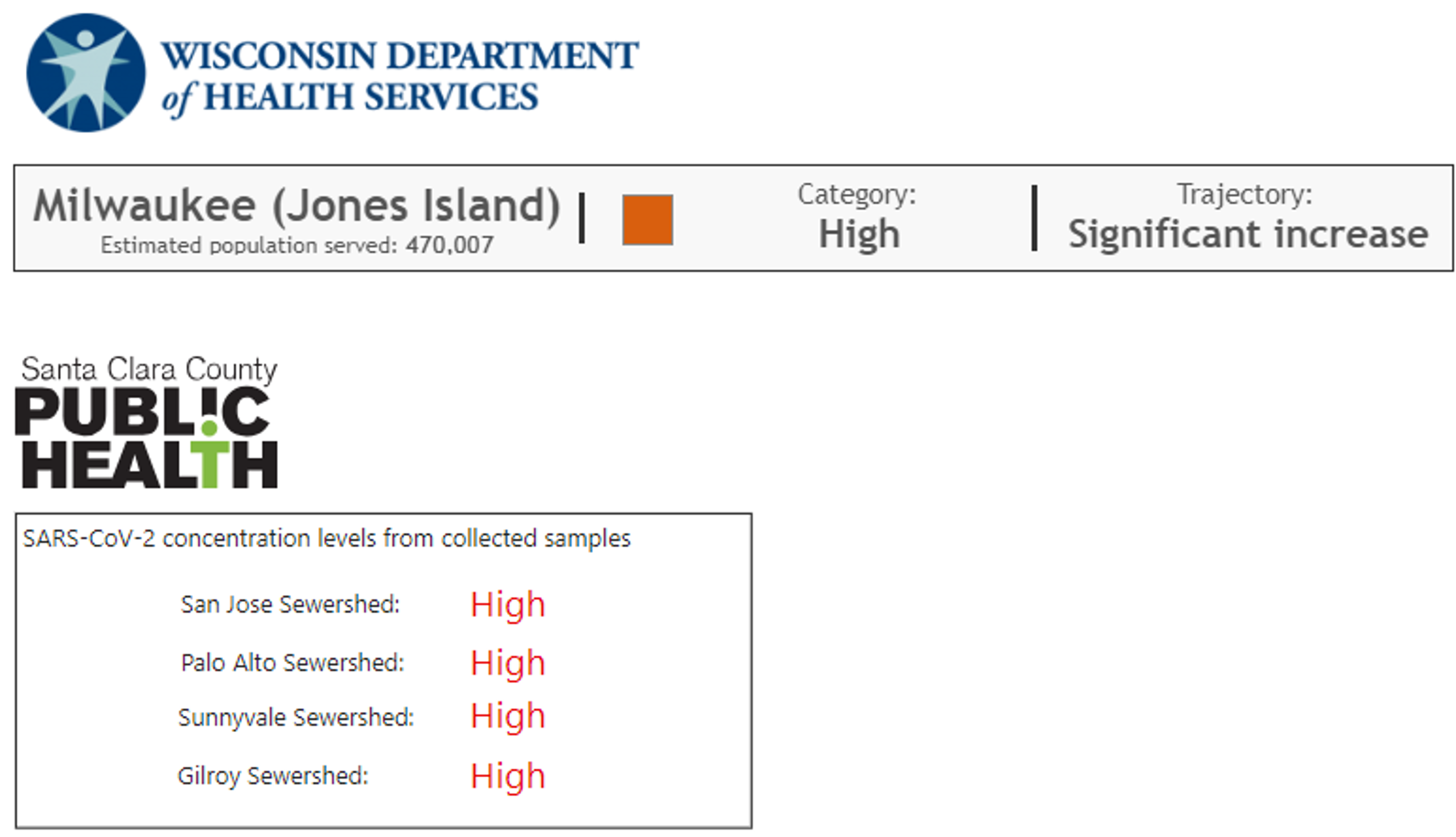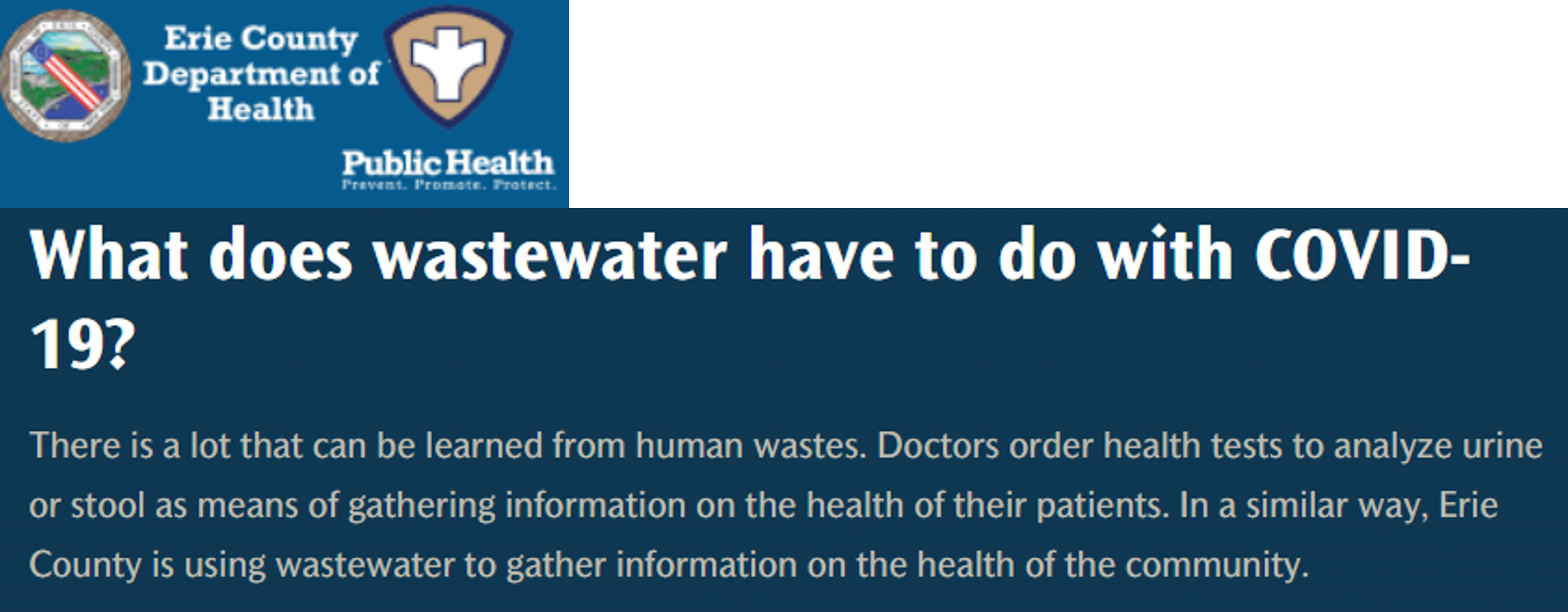Chapter 2 Communicating Concepts in Public Health and Epidemiology
Before communicating public health data and its interpretation, audiences must be sufficiently oriented to the foundational concepts supporting the data and interpretations. Communicating topics that are complex, even for subject matter experts, is challenging because of the public’s variable baseline scientific literacy. For example, 49% of Americans surveyed by the National Science Foundation incorrectly thought antibiotics are effective against both bacteria and viruses, but 76% correctly defined a pathogen’s incubation period (National Science Board 2018; Kennedy and Hefferon 2019). Guidelines 4–6 provide some strategies to convey complex information to lay audiences.
Guideline 5: Set a Realistic Scope
When communicating complex topics, it is critical to decide what the audience needs to understand and how much information they need to reach an appropriate conclusion. Communication is best achieved when five to nine pieces of information are used to support a single, bottom-line message (Druckman and Lupia 2017; National Cancer Institute 2011). In their 2011 workbook, the National Cancer Institute (NCI) recommends each chunk of information “should be able to stand alone by communicating a single idea, but, collectively, [they] should provide rationale for the larger theme.” This larger theme is most effective when it communicates timely information with an actionable recommendation (Janssen et al. 2006). The Wisconsin Department of Health Services and Santa Clara County Public Health dashboards demonstrate a reasonable scope by highlighting the level of concern for SARS-CoV-2 concentrations in wastewater (Health Services 2024).
\(~\)

\(~\) These dashboards could better align with the guideline by linking different categories of risk with specific recommendations. However, both dashboards communicate complex topics by emphasizing a main takeaway and presenting the most important information.
Guideline 6: Employ Rhetorical Devices
When interpreting new, complex information, audiences may use mental shortcuts called heuristics. Heuristics allow readers to quickly assess information based on how that information conforms to known frameworks and how that information makes the reader feel (Peters 2017). While heuristics left unguided can lead to bias, communicators can use complementary strategies to aid reader comprehension (Peters 2017). These complementary strategies involve the use of rhetorical devices such as framing, metaphor, analogy, and narratives.
The simplest rhetorical device is framing, the intentional presentation of a message to highlight a desired viewpoint. As public health topics are complex and multifaceted, lay audiences can be overwhelmed by the width and breadth of available information. Frames allow a communicator to guide the audience to an appropriate lens through which to view information (Druckman and Lupia 2017). Different frames influence, and potentially even change, how an audience perceives a topic (Scheufele 2006). For example, a public health vaccination strategy could be framed as emergency preparedness, a community support mechanism, a community health improvement, government overreach, mass experimentation, government handouts, corporate bailouts, etc. Indeed, even the concept of framing can be framed as either a form of manipulation or meeting audience needs and expectations. All communications are framed despite the communicator’s intention (National Academies of Sciences 2017). Intentional frames, however, allow a communicator to better convey complex topics to specific audiences and prevent bias (Druckman and Lupia 2017).
Emphasis framing is a particularly useful frame for communicating public health topics. Similar to presenting a narrow scope of information, emphasis framing focuses audience attention to a single aspect of a complex topic (National Academies of Sciences 2017). Emphasis frames can either be episodic or thematic. Episodic framing focuses on a specific instance or story (e.g., a family’s experience with cancer) while thematic framing focuses on broader trends (e.g., statistics) (National Academies of Sciences 2017). The City of Amarillo, Texas wastewater surveillance webpage provides an excellent example of framing. Here, wastewater surveillance is framed as an efficiency and a means through which health officials can actively protect community health (Amarillo Department of Public Health 2024).
The simplest rhetorical device is framing, the intentional presentation of a message to highlight a desired viewpoint. As public health topics are complex and multifaceted, lay audiences can be overwhelmed by the width and breadth of available information. Frames allow a communicator to guide the audience to an appropriate lens through which to view information (Druckman and Lupia 2017). Different frames influence, and potentially even change, how an audience perceives a topic (Scheufele 2006). For example, a public health vaccination strategy could be framed as emergency preparedness, a community support mechanism, a community health improvement, government overreach, mass experimentation, government handouts, corporate bailouts, etc. Indeed, even the concept of framing can be framed as either a form of manipulation or meeting audience needs and expectations. All communications are framed despite the communicator’s intention (National Academies of Sciences 2017). Intentional frames, however, allow a communicator to better convey complex topics to specific audiences and prevent bias (Druckman and Lupia 2017).
Emphasis framing is a particularly useful frame for communicating public health topics. Similar to presenting a narrow scope of information, emphasis framing focuses audience attention to a single aspect of a complex topic (National Academies of Sciences 2017). Emphasis frames can either be episodic or thematic. Episodic framing focuses on a specific instance or story (e.g., a family’s experience with cancer) while thematic framing focuses on broader trends (e.g., statistics) (National Academies of Sciences 2017). The City of Amarillo, Texas wastewater surveillance webpage provides an excellent example of framing. Here, wastewater surveillance is framed as an efficiency and a means through which health officials can actively protect community health (Amarillo Department of Public Health 2024).
\(~\)
 \(~\)
\(~\)
Similarly, metaphors and analogies are quick and easy rhetorical devices that increase audience comprehension of complex topics. Non-expert audiences commonly use metaphor and analogy to better understand complex topics (National Academies of Sciences 2017). By providing accurate metaphors and analogies, communicators can balance audience understanding with scientific accuracy. The Erie County Wastewater Surveillance dashboard demonstrates an excellent use of metaphor. The use of the familiar concept of stool and urine collection at a doctor’s office provides a framework to understand wastewater surveillance (E. C. D. of Health 2023).
\(~\)

Figure 3.4: Example of metaphor.
\(~\)
Narratives are more extensive than framing, metaphors, or analogies. Most lay audiences already receive information in narrative formats (e.g., documentaries, news articles, or other media) (Dahlstrom 2014). Communicating through short (e.g., case study) or long (e.g., short story) narratives helps attract and engage audiences in a competitive information market (National Cancer Institute 2011; Dahlstrom 2014). As discussed above, using examples to explain a concept reduces an audience’s cognitive burden. The illustration provided by a narrative is more effective than communicating data and generalizations such as statistics (Kaplan and Dahlstrom 2017; Peters 2017). Narratives have also been shown to increase audience comprehension while decreasing reading time (Dahlstrom 2014). Regardless of length, narratives simply depict a character engaged in an action. Incorporating emotion or exploring a cause-effect relationship further adds to the effectiveness of narratives (Martinez-Conde and Macknik 2017). Embedding shortcuts such as narratives, metaphors, analogies, and frames in communications facilitates audience understanding and retention.
References
3M. 2022. “3M State of Science Index Survey 2022 Summary of Findings.” 2022. https://www.3m.com/3M/en_US/3m-forward-us/2022-summary/.
Amarillo Department of Public Health, City of. 2024. “Wastewater Surveillance City of Amarillo, TX.” 2024. https://www.amarillo.gov/departments/public-health/community-data/wastewater-surveillance.
Dahlstrom, Michael F. 2014. “Using Narratives and Storytelling to Communicate Science with Nonexpert Audiences.” Proceedings of the National Academy of Sciences 111 (September): 13614–20. https://doi.org/10.1073/pnas.1320645111.
Druckman, James N, and Arthur Lupia. 2017. “Using Frames to Make Scientific Communication More Effective.” In The Oxford Handbook of the Science of Science Communication, 1st ed., 351–60. New York, NY: Oxford University Press.
Ferrari, Matteo. 2017. “A Comparative Study of Communication about Food Safety Before, During, and After the "Mad Cow" Crisis.” In The Oxford Handbook of the Science of Science Communication, 1st ed., 133–40. New York: Oxford University Press.
Health, Erie County Department of. 2023. “Tracking COVID-19 in Wastewater. ArcGIS StoryMaps.” October 30, 2023. https://storymaps.arcgis.com/stories/976d047d5f0f49789e1fe865dd5407e1.
Health, New York State Department of. 2024. “Wastewater Surveillance in NYS.” May 2024. https://www.health.ny.gov/environmental/wastewater.htm.
Health Services, Wisconsin Department of. 2024. “COVID-19: Wisconsin Wastewater Monitoring Program Wisconsin Department of Health Services.” July 12, 2024. https://www.dhs.wisconsin.gov/covid-19/wastewater.htm.
Jamieson, Kathleen Hall. 2017. “The Need for a Science of Science Communication: Communicating Science’s Values and Norms.” In The Oxford Handbook of the Science of Science Communication, 1st ed., 15–24. New York: Oxford University Press.
Janssen, Alan P., Richard R. Tardif, Sarah R. Landry, and Jo Ellen Warner. 2006. “"Why Tell Me Now?" the Public and Healthcare Providers Weigh in on Pandemic Influenza Messages.” Journal of Public Health Management and Practice 12 (4): 388–94.
Kaplan, Martin, and Michael Dahlstrom. 2017. “How Narrative Functions in Entertainment to Communicate Science.” In The Oxford Handbook of the Science of Science Communication, 1st ed., 311–20. New York, NY: Oxford University Press.
Kennedy, Brian, and Meg Hefferon. 2019. “What Americans Know about Science.” Pew Research Center.
Martinez-Conde, Susana, and Stephen L. Macknik. 2017. “Finding the Plot in Science Storytelling in Hopes of Enhancing Science Communication.” Proceedings of the National Academy of Sciences 114 (31): 8127–29. https://doi.org/10.1073/pnas.1711790114.
National Academies of Sciences, {and} Medicine, Engineering. 2017. Communicating Science Effectively: A Research Agenda. Washington, D.C., UNITED STATES: National Academies Press.
National Cancer Institute. 2011. “Making Data Talk: A Workbook.” National Cancer Institute.
National Science Board. 2018. “Science and Engineering Indicators.” National Science Foundation.
———. 2017. “Overcoming Innumeracy and the Use of Heuristics When Communicating Science.” In The Oxford Handbook of the Science of Science Communication, 1st ed., 389–98. New York, NY: Oxford University Press.
Scheufele, Dietram A. 2006. “Messages and Heuristics: How Audiences Form Attitudes about Emerging Technologies.” In Engaging Science: Thoughts, Deeds, Analysis, and Action, 20–25. Wellcome Trust. https://wellcomecollection.org/works/bnjnpffc/items.
Rather than “herd immunity,” consider “community immunity.” The CDC’s Everyday Words for Public Health Communication Tool recommends “collecting or gathering information” rather than “surveillance.”↩︎
